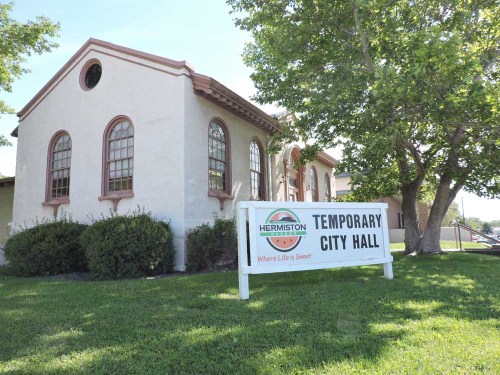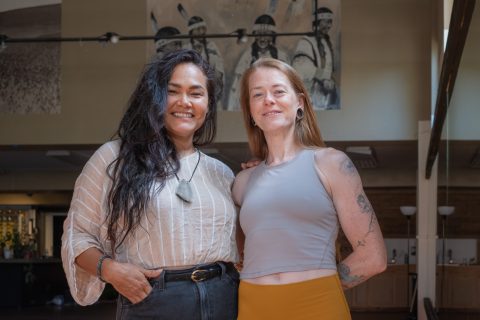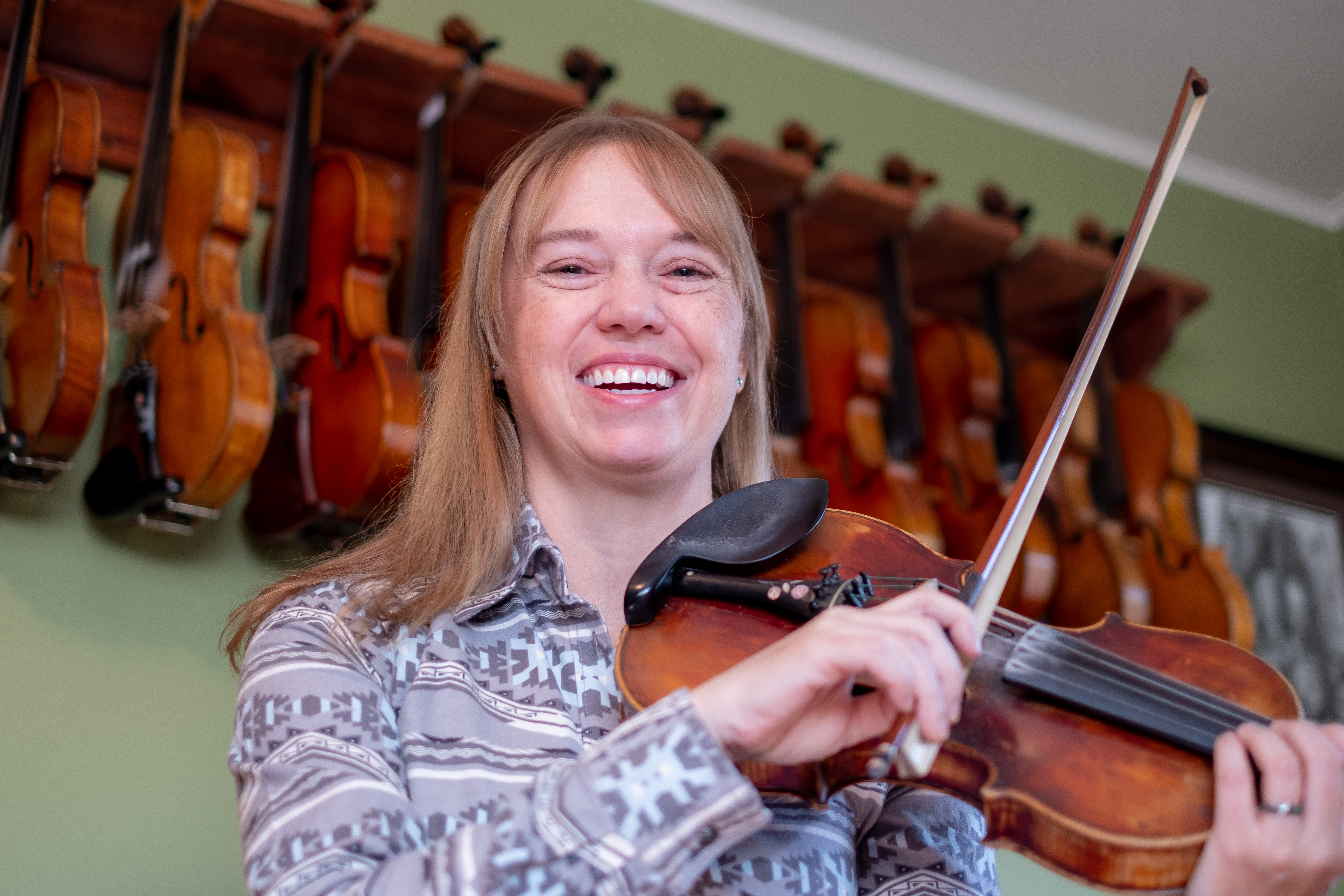Council authorizes $9.6 million in bonds for new city hall
Published 3:00 pm Wednesday, August 12, 2020

- A sign marks the old Carnegie Library in Hermiston as a temporary city hall, after a fire in the HVAC system and smoke damaged the previous city hall.
HERMISTON — The Hermiston City Council authorized the sale of up to $9.6 million in bonds to pay for a new city hall and renovation of the lower level of the Hermiston Public Library during their Monday, Aug. 10, meeting.
The city plans to build a new, larger, three-story city hall on the site of the current city hall at 180 N.E. Second St.
Trending
City Manager Byron Smith told the council that based on preliminary designs, ArchitectsWest had given a “high-level” estimate of $9 million for the project, but the $9.6 million approval would give some wiggle room if costs came in higher than expected. Smith said they expect to have a firm, detailed cost estimate on city hall by mid-October.
Paying off $9.6 million in bonds would require a $470,000 annual payment, Smith said, which the city plans to cover using payment from enterprise zone projects and from Umatilla County.
The county plans to lease space in the new city hall. The agreement between the two entities would give the county about 5,000 square feet of space for up to 15 years in exchange for $3 million, about $400,000 of which would be represented by the county giving the city its building at 435 E. Newport Ave.
The city council voted unanimously to authorize staff to execute the issuance of full faith and credit bonds up to $9.6 million.
Park plan
During the Aug. 10 meeting the council also approved a new open space master plan for parks and recreation. Parks and Recreation Director Larry Fetter told the council that the plan does not commit the city to spending any money, but rather provides a vision created out of a yearlong process of research and gathering community feedback.
Trending
“I just want to remind you this plan is intended to be visionary, inspirational, to provide alternatives and partnerships to create new park facilities and recreation programming,” he said.
The 20-year master plan, which the council discussed in depth during a July 13 workshop, includes a wellness center with an indoor pool likely built on the old fairgrounds near the high school, a multi-field sports complex across 11th Street from Good Shepherd Medical Center and several new parks.
Land surplus
Assistant City Manager Mark Morgan proposed the city consider designating part of a 20-acre property known as the Green Property on the south side of the city’s wastewater treatment plant as surplus in the hopes that the city could recoup part of its investment on the property down the road.
The city purchased the Green Property for $420,000 in 2006 with the idea of using the land to cool down recycled water coming out of the treatment plant before it hit the Umatilla River. Tests on the site to that effect did not pan out, Morgan said, and now the city pumps that water into irrigation ditches instead of the river during the summer.
Morgan said because the city removed the home and barns that had been on the property, and then built monitoring wells, it is highly unlikely that if the city put the entire property up for open auction that it would get what it paid for.
He said judging by similar property in the vicinity, the city would likely get about $325,000 at auction and someone would put a house and some barns there, resulting in about $58,000 in property taxes and $15,000 in base utility fees for the city over the next 20 years.
Instead, Morgan proposed that the city market the land to developers specializing in senior citizen housing developments, offering the land up for cheap or free in exchange for an agreement to develop some sort of senior housing there.
Morgan estimated that if a developer put in a $3 million assisted living facility and a 28-unit duplex development the city would get $1.14 million in property taxes and $1.8 million in base utility fees over 20 years.
He said the development would provide a psychological buffer against the treatment plant for other potential developers for land farther south of the plant, and such a development would create jobs and provide more housing options for the wave of retiring Baby Boomers.
Two members of the public spoke against the idea at the meeting. Jackie Linton said she didn’t believe the city should be giving away land that taxpayer dollars had been used to purchase, and that the city should give developers more flexibility to propose projects for the site.
Mary Gill told the council her property ran along 75% of the property’s southern border, and other family members own other land nearby. She asked that the city consider selling the property to her family at fair market value. She acknowledged that she would plan on making a boundary adjustment that would pull the property back into the county, meaning the city wouldn’t make additional money from the property, but said she didn’t think the site was a good location for housing.
“The thought of having duplexes on that side of my property breaks my heart,” she said.
The council voted unanimously to allow city staff to market the property to developers and see what types of proposals those developers were willing to put forth.









